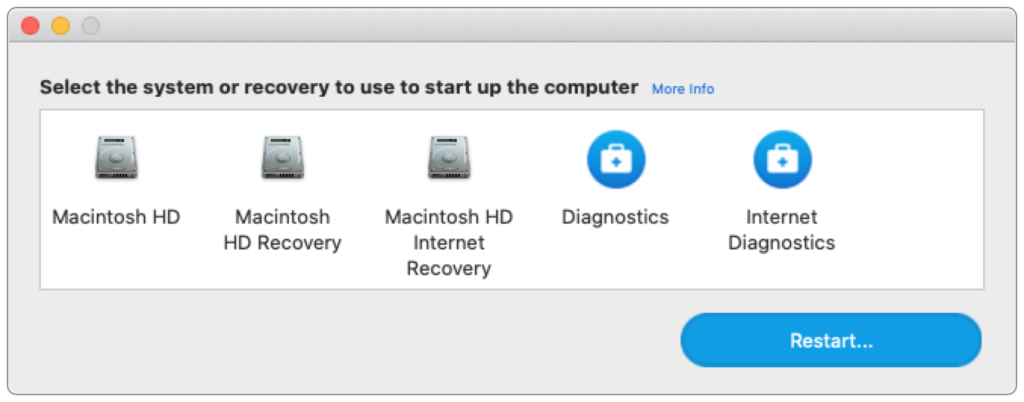

You can even check file and folder permissions and troubleshoot them. You can clean old log or crash reports, core dumps, and orphaned files. You can check the file alias or Finder attributes to aid Spotlight search. TinkerTool lets you perform complex file operations not available in any app. You can clear the cache of a particular app causing problems, font cache of the user or OS, icon cache, and more. Rebuild the shared cache of the dynamic link editor, launch services, clear the memory cache of directory services, and recreate shared folder in case you accidentally delete them. If you’re facing weird issues related to apps, caches, Time Machine backups, or file permission issues, then TinkerTool can be of great help. TinkerTool System 6 is a collection of system utilities that let you perform advanced administrative tasks not available to you through the conventional user interface. If Disk Utility repair options don’t work, boot into single-user mode and use "fsck" to fix your drive. From the dialog box that appears, select Macintosh HD and proceed. To do so, connect an external disk, then open Disk Utility and choose File > New Image > Image from Folder. You may need to create an image file of your startup disk.

Keep holding the buttons until you see the Options window or a macOS Recovery screen. To do this, press and hold the Power button for an M1 Macs or press and hold Cmd + R while booting up for older Macs with an Intel processor.
#Mac diagnostic boot mode mac#
If your Mac won’t boot, you should open Disk Utility through Recovery Mode. If any problems arise, you can select the volume or disk you want to repair, then click First Aid. Target Disk Mode can be a real lifesaver in an emergency.Disk Utility is a built-in tool for inspecting file systems, mounting or unmounting volumes, formatting drives, and fixing other problems.ĭuring startup, your Mac performs a consistency check of the partition scheme and volume directory structure. You can run drive diagnostics, copy files to and from the volume, and even format the device. In Target Disk Mode, you can access the target computer’s drive with the same freedom you would have with any other disk connected over FireWire. This trick is great for fishing files off of a machine that can’t boot OS X correctly, since it operates independently of the Mac’s installed operating system.
Here’s how you can take advantage of this capability: All you will need is a 6-pin to 6-pin IEEE 1394 - commonly known as a “FireWire” - cable.
#Mac diagnostic boot mode crack#
With Target Disk Mode, you can use a recent Mac to access the main internal hard disk in another recent Apple machine without having to crack a case or turn a screw. That feature is the Target Disk Mode built into the Mac firmware.
#Mac diagnostic boot mode how to#
Here’s a look at how to use one Mac to access the internal drive of another - no screwdriver required.Īpple’s Macs have one feature that, as a support tech, I would like to see other manufacturers crib for their computers. William Jones shows you how to use one Mac to access the internal drive of another - no screwdriver required. Boot a sick Mac into Target Disk Mode for troubleshooting


 0 kommentar(er)
0 kommentar(er)
